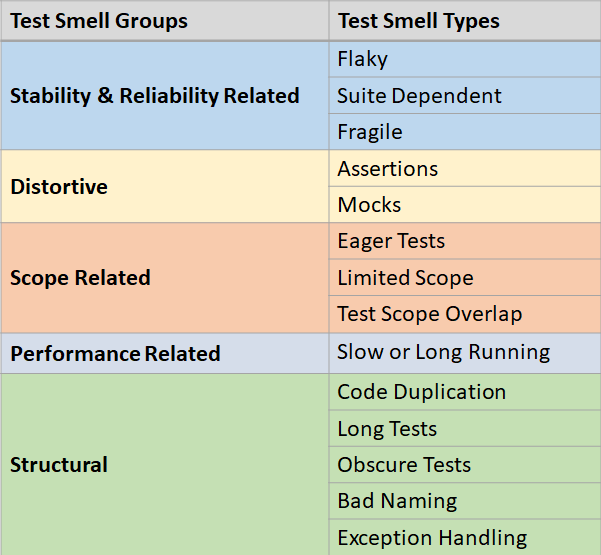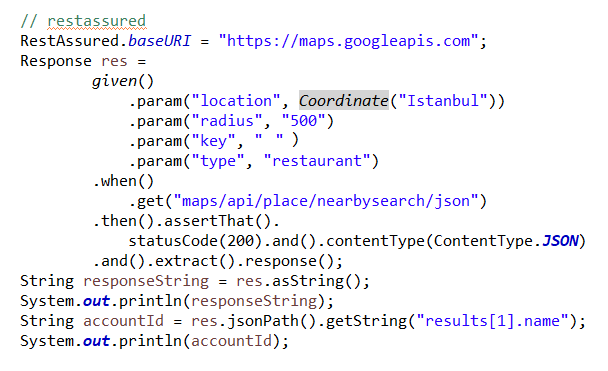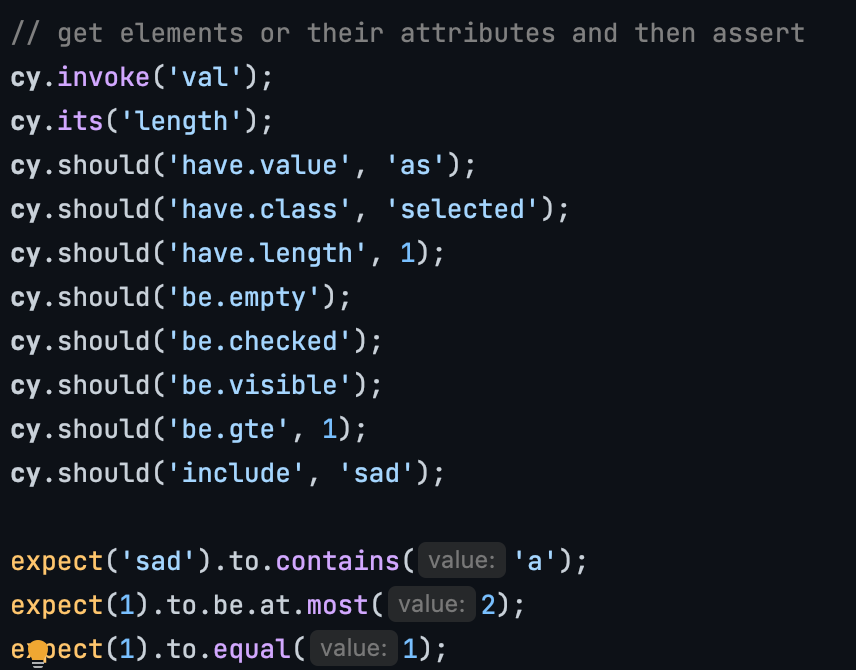
Best Principles for Successful Test Automation (API and UI)
Test automation is an essential part of software development activities. To be able to succeed in continuous testing and DevOps practices, automation of tests is needed. It is very beneficial and necessary, but it might be even less efficient than manual testing if not maintained properly.
There may be various test smells in automation frameworks. A test smell is a weakly designed test case that may cause potential risks.
If the test case reports a failure where the feature is working as expected, it means there is a false alarm raised by the test. On the contrary, if there is unexpected behavior in the feature, but the test is not able to catch it, this means that there is a silent horror case. These situations indicate that the test smells should be handled in the test environment. A summary of the possible test results versus actual situations can be seen in the image below.

There are a lot of test smell types that may be sitting in our test automation environments.
Test Smells Types, ways to get rid of test smells. A categorical subset of them is:

A reliable and robust test framework can be developed by paying attention to the best practices of test automation. A small checklist is as follows:
- How can we integrate BDD (with the Cucumber framework)?
- What is the best way to implement API tests?

- How can we define our locators to select elements on UIs?
- How do keep test results?
- In what ways can we assert expected results?

Moreover, best practices should be taken into consideration to avoid test smells such as:
- Smart waits
- Clean up code
- Test Groups
- Coverage
- Helper Classes
- Static Code Analysis
